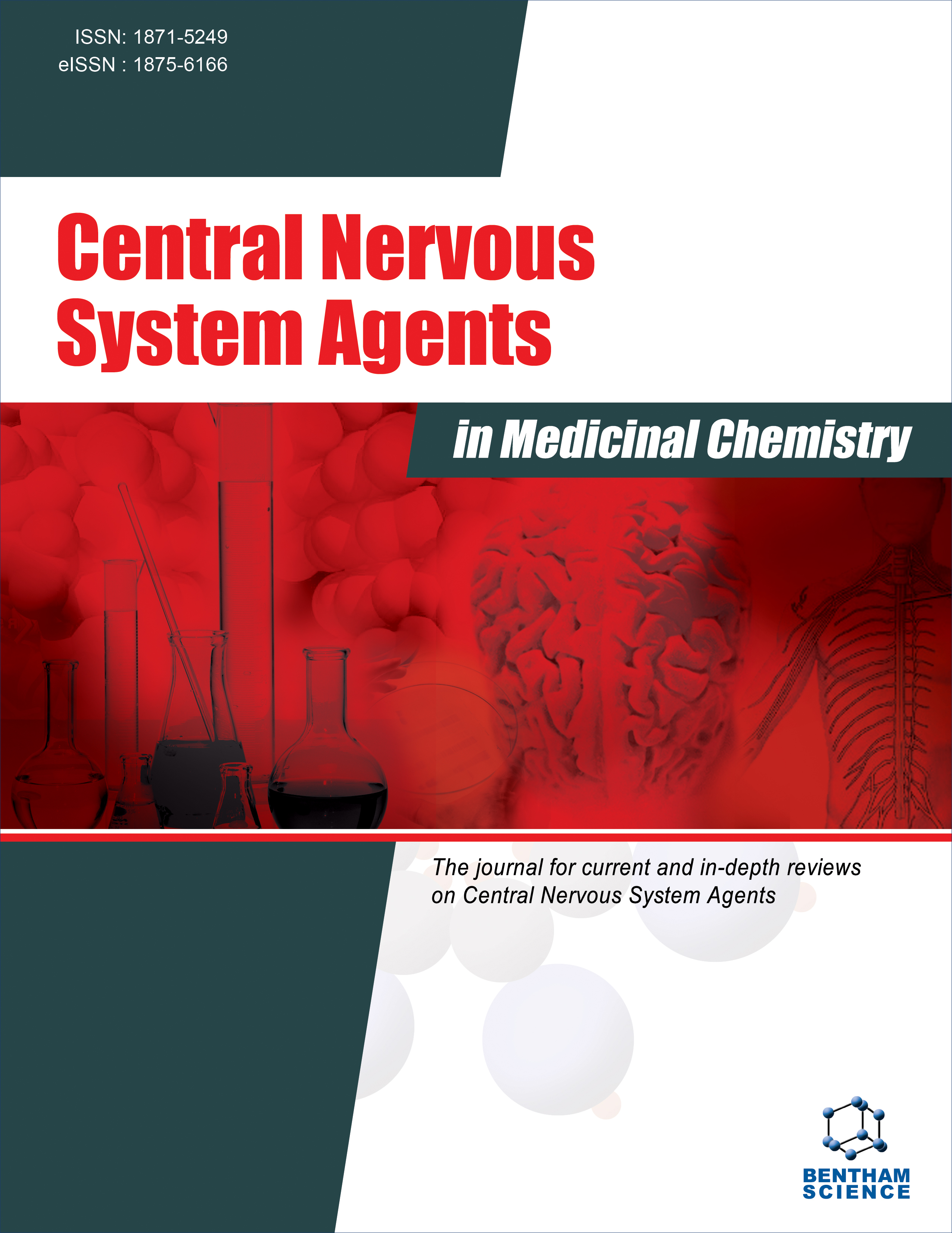-
s Conversion of Benzimidazoles, Imidazothiazoles and Imidazoles into more Potent Central Nervous System Acting Drugs
- Source: Central Nervous System Agents in Medicinal Chemistry (Formerly Current Medicinal Chemistry - Central Nervous System Agents), Volume 20, Issue 1, Apr 2020, p. 3 - 12
-
- 01 Apr 2020
Abstract
Background: Benzimidazole (albendazole), imidazothiazole (levamisole) and imidazole (euconazole) are used in chemotherapy of helminthosis and mycosis respectively, with central nervous system (CNS) side effects. But only a limited number of azole groups are used clinically in the treatment of CNS diseases, which are on increase and could not be cured permanently. Due to increased incidence of more challenging new CNS diseases, there is a need for the synthesis of more potent CNS drugs. Methods: Hence, literature studies were carried out for the identification of common pathways for the synthesis of the three groups of compounds, their CNS properties and the possibility of modifying them to potent CNS drugs. Results: Findings have shown that gloxal with formaldehyde in the presence of ammonia can be converted into imidazole, imidazothiazole and benzimidazole via distillation, condensation, alkylation, acylation, oxidation, cyclization, sulphation and amidation. However, agents such as phosphorus pentoxide, ethanolic potassium hydroxide, sodium hypochlorite, sodium hexafluroaluminate, aniline, calcium acetate, calcium benzoate, sodium hydroxide, aromatic aldehydes, bromoketones, alpha dicarbonyl compounds among others are used as reagents. The furan ring(s) may have a strong capability of penetrating CNS for the treatment of neurological disorders. The products from the three groups have agonistic, antagonistic, mixed agonistic and mixed antagonistic depressant and stimulant activities due to the presence of heteroatoms such as nitrogen, oxygen and sulphur. Imidazole may be the most potent with best characteristics of CNS penetrability and activity followed by imidazothiazole and benzimidazole. Conclusion: Azole group is common to all the three classes and may be responsible for some of their CNS effects. The resultant compounds could act via all neurotransmitters, voltage and ligand-gated ion channels and may be chiral.


